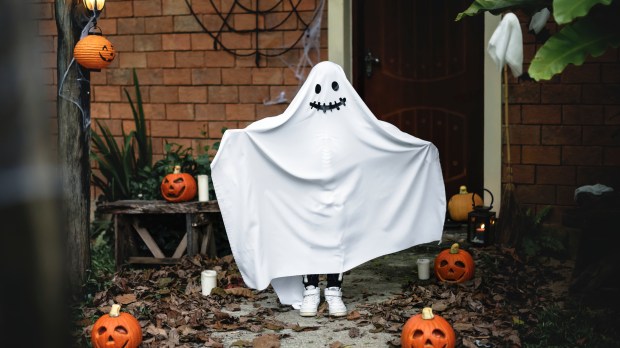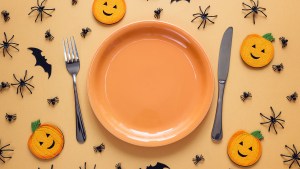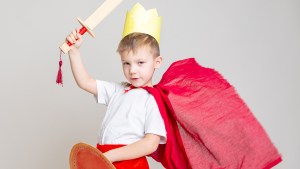Halloween has become one of the most profitable holidays of the calendar year, especially with the costume industry. According to the National Retail Federation, Americans spend nearly $9 billion on Halloween each year.
Furthermore, the costumes used in modern America cover the widest spectrum possible. It could be as simple as a white sheet to indicate a ghost, or as elaborate as a character from the latest action movie.
Originally, costumes were not as complicated and generally fell into a single category.
Souling on All Souls’ Day
One of the major sources of modern Halloween traditions can be found in the English tradition of “souling” on All Souls’ Day. This started out as a Roman Catholic custom that gradually declined over the centuries, but was still popular in many places in England.
In the book A Glossary of Words Used in the County of Chester published in 1886, long before our modern-day conception of Halloween, the author explains this tradition.
When I was a boy, the customs connected with All Souls Eve were generally called “Soul caking,” but now for the most part it is abbreviated into “Souling” … The Souling used to consist of parties of children dressed up in fantastic costume, who went round to the farm houses and cottages, singing a song and begging for cakes, spoken of as “Soul cakes,” apples, money or anything that the goodwives would give them.
Often these costumes would were meant to represent the souls of the dead, asking for prayers and food. Sometimes this tradition is called the “Soul-Mass cake,” referring to the Catholic tradition of offering Mass for a soul in purgatory.
All Souls’ Eve was technically on November 1, as All Souls’ Day is celebrated on November 2 each year.
When immigrants came to the United States, this and many other traditions were merged and October 31 became the day for children dress in costumes and “beg” their neighbors for “treats.”



